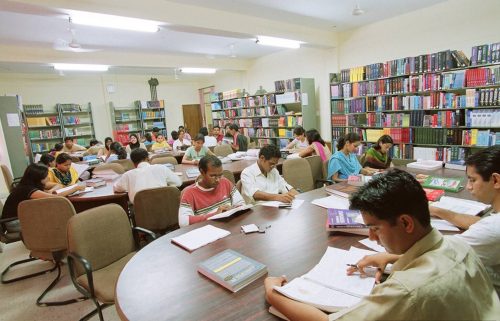5 Features of the New National Medical Commission Bill
The Union Cabinet cleared the bill on Friday—the first step towards dismantling Medical Council of India.

Last year, a parliamentary standing committee on health and family welfare tabled a report which exposed the scam-infested Medical Council of India, the country’s sole medical regulatory body.
As per the report alleged, the MCI had become a “club” of influential doctors who perform their roles as regulators (approving the setting up of medical colleges and monitoring conduct of doctors) with little care for the basic norms of governance or fear of regulation.
It was a damning indictment of a body, which the report stated had failed in discharging its duties of maintaining proper standards in health care. Among a host of accusations, the report detailed how corruption and bribery thrived in approvals for setting up these medical institutions, and further down the line even in the inspection process.
All this may change, as the Union Cabinet on Friday gave its approval to the national medical commission (NMC) bill.
This step aims to replace the MCI with a regulator that will do away with “heavy-handed regulatory control” (red tape) over medical institutions and increase transparency, reports the Times of India.

Here are a few features of this new bill:
1) The government, under the National Medical Commission (NMC), can dictate guidelines for fees up to 40% of seats in private medical colleges. This is aimed at giving students relief from the exorbitant fees charged by these colleges and is a standout feature of the bill.
2) The bill also has a provision for a common entrance exam and licentiate (exit) exam that medical graduates have to pass before practising or pursuing PG courses. For MBBS, students have to clear NEET, and before they step into practice, they must pass the exit exam.
Read also: Deep in Rural India, This Group Has Provided Medical Care to 18 Lakh People!
3) Recognised medical institutions don’t need the regulator’s permission to add more seats or start PG course. This mechanism to reduce the discretionary powers of the regulator.
4) Fewer elected members to the new commission.
5) Earlier, medical colleges required the MCI’s approval for establishment, recognition, renewal of the yearly permission or recognition of degrees, and even increase the number of students they admitted. Under the new bill, the powers of the regulator are reduced to establishment and recognition. This means less red tape, but also less scrutiny of medical colleges.
Read also: All You Need to Know About the Centre’s New Proposal to Protect Our Medical History
Like this story? Or have something to share? Write to us: [email protected], or connect with us on Facebook and Twitter.
NEW: Click here to get positive news on WhatsApp!
If you found our stories insightful, informative, or even just enjoyable, we invite you to consider making a voluntary payment to support the work we do at The Better India. Your contribution helps us continue producing quality content that educates, inspires, and drives positive change.
Choose one of the payment options below for your contribution-
By paying for the stories you value, you directly contribute to sustaining our efforts focused on making a difference in the world. Together, let’s ensure that impactful stories continue to be told and shared, enriching lives and communities alike.
Thank you for your support. Here are some frequently asked questions you might find helpful to know why you are contributing?


This story made me
- 97
- 121
- 89
- 167











